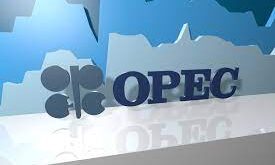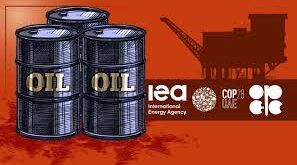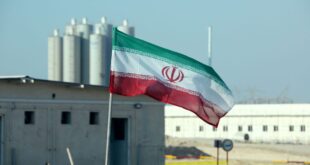Expensive energy is back and it is threatening global economic growth. the International Energy Agency (IEA) said in its Oil Market Report on Friday. joining other organizations like the International Monetary (IMF) and OPEC that also expressed this week concerns about mounting challenges to economic and oil demand growth.
Brent Crude prices have been holding above $80 a barrel. while pipeline constraints have caused WTI Crude prices to lag somewhat. the IEA said in its report. but noted that “Nonetheless. our position is that expensive energy is back. with oil. gas and coal trading at multi-year highs. and it poses a threat to economic growth.“
Emerging economies are grappling not only with higher energy prices. but they are also seeing their currencies depreciate against the U.S. dollar. which increases the threat of economic growth slowing down. the IEA said.
Earlier this week. the IMF slightly downgraded its projection for global growth for this year and next—at 3.7 percent. growth is now expected 0.2 percentage point lower than IMF’s forecast from April this year. The key reasons for the downgrade included trade disputes. geopolitical tensions. and a weaker outlook for emerging economies due to higher oil import bills. among other factors. according to the IMF.
On Thursday. OPEC revised down its oil demand growth estimates for this year and next—a third downward revision in three months—citing potential headwinds to global economic growth ranging from trade disputes to weakening finances in emerging markets and geopolitical challenges. OPEC revised down its global oil demand growth to 1.54 million bpd this year. down by 80.000 bpd from the estimate in the September report. The cartel now sees global oil demand growth next year at 1.36 million bpd. down by around 50.000 bpd from last month’s assessment. to reflect expectations for lower economic growth for Turkey. Brazil. and Argentina.
On Friday. the IEA also downgraded oil demand growth forecast for 2018 and 2019 by 110.000 bpd for both years. to 1.3 million bpd this year and to 1.4 million bpd next year. respectively. on the back of a weaker economic outlook. trade concerns. higher oil prices. and a revision to Chinese data.
 Iran Energy News Oil, Gas, Petrochemical and Energy Field Specialized Channel
Iran Energy News Oil, Gas, Petrochemical and Energy Field Specialized Channel




